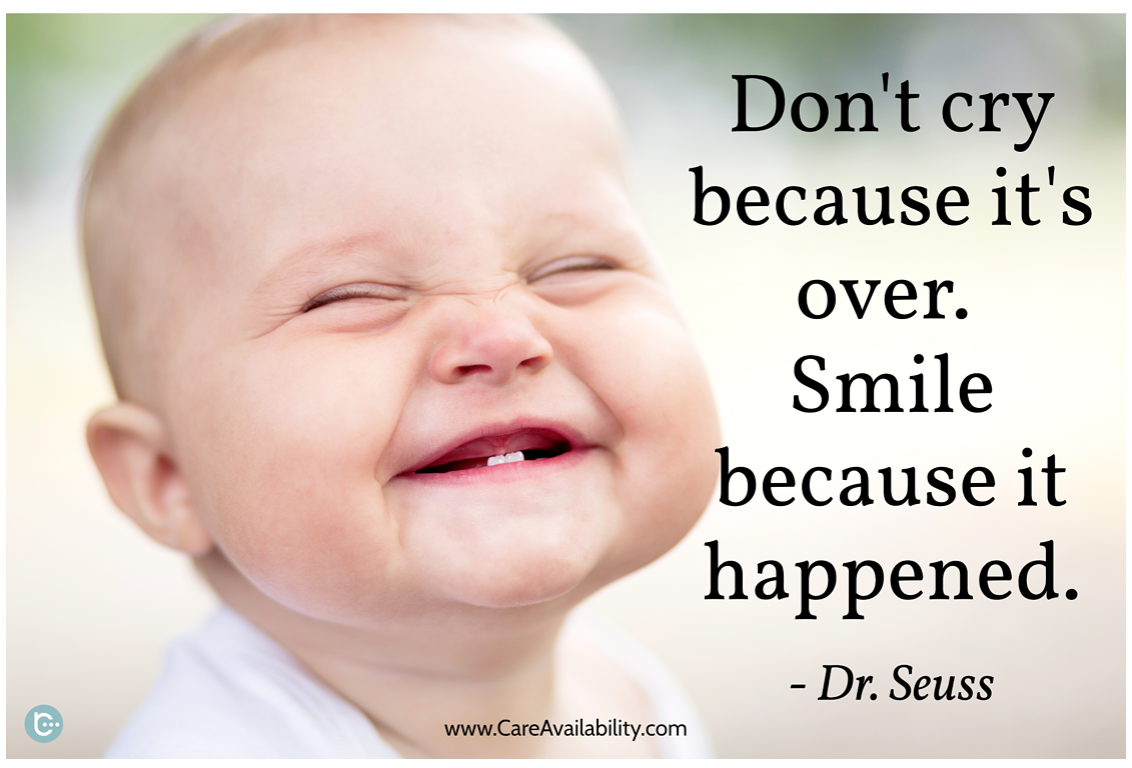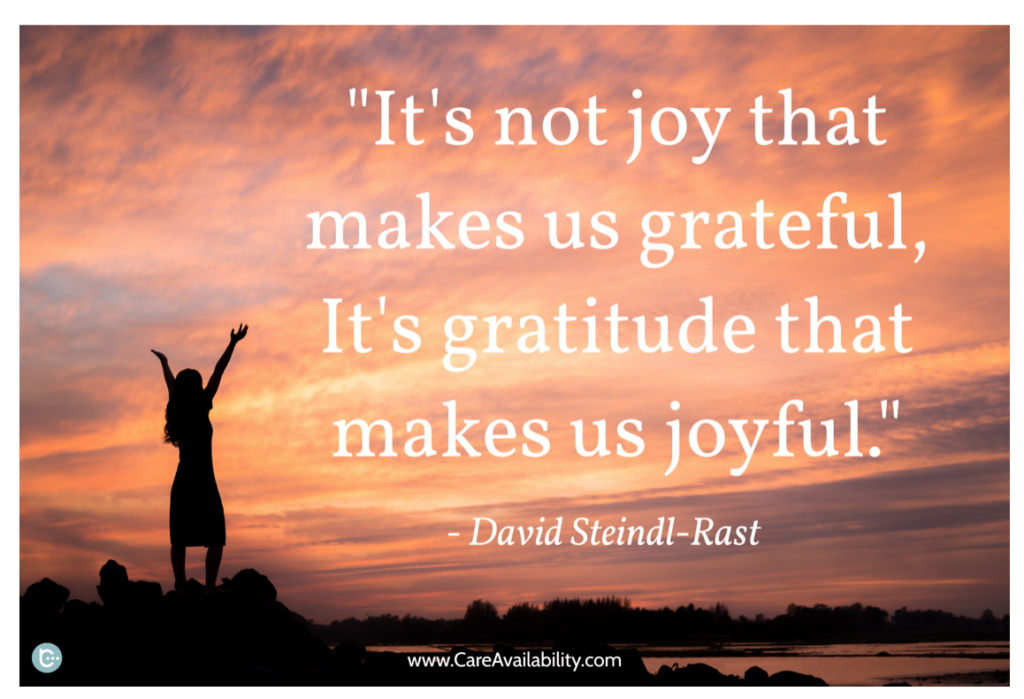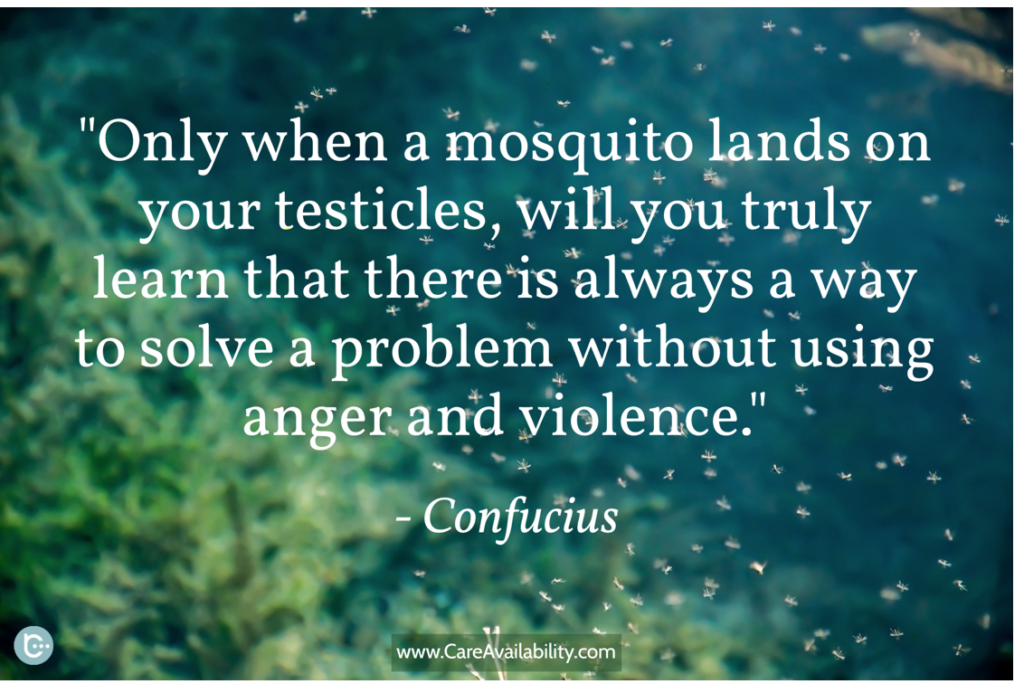In the year 2011, a small but enthusiastic group of people had a vision – to form an organization in north east Seattle focused on supporting and empowering older adults to be active, engaged and independent. They were concerned that there were few, if any, resources, activities and events in this Seattle enclave dedicated to the older adult population. Further, this community did not have a senior center in its midst.
From this fertile ground of need and opportunity, Northeast Seattle Together – NEST – was born!
NEST is a non-profit organization dedicated to its core mission – connecting its members with each other and with resources to age successfully in the place they call home.
Having recently celebrated its 10thanniversary, NEST offers a vibrant community made of up of volunteers, members, and a network of trusted professionals. Local businesses are partners as well.
Do you realize that social isolation – defined as a lack of meaningful contact and interaction with family, friends, and the broader community – can have on seniors the equivalent impact of smoking 15 cigarettes a day?
NEST aims to address the toxic impact of isolation by providing its members dignified assistance, connections with their community, and an ability to stay in their houses so they can live in the neighborhoods they love.
Examples of NEST events and groups include monthly potlucks, cultural presentations often open to the general public, health and wellness talks, social groups, and activities such as pickleball and exercise classes. In addition, there are men’s and women’s support groups, low vision groups, and other resources devoted to engage our members and minimize isolation.
“Living alone, I have found that the friends I’ve met at NEST are even more important than the help I receive. With them, I can get out and enjoy our community and the world. I don’t have to feel alone.”
Janet – Northeast Seattle Resident and NEST Member
NEST offers two types of paid membership:
NEST Builders:
- Discounts to NE Seattle Businesses
- Free admission to NEST events and activities monthly potlucks, cultural presentations, health and wellness talks ,social groups, and activities such as pickleball and exercise classes
- Discounts at local area merchants
Full Access members:
- Receive all of the benefits above plus access to volunteers who can assist with yard work, transportation and a variety of other helpful tasks as requested by the member.
- Referrals to a network of trusted professionals who often provide a discount to members for their services
- Discounts at local area merchants
NEST serves14 northeast Seattle neighborhoods. The service area stretches from north of Union Bay, to south of NE 110th St and east of I-5.Nest is one of several villages serving the greater Seattle area. Nationally there over 200 villages similar to NEST that support aging in place.
To learn more about NEST visit our website at www.nestseattle.org or call us at 206-525-NEST (6378).
Tell your friends and neighbors about NEST and help build a community where neighbors have choices for staying independent, active and connected.
Article Provided By:
Don Desonier & Deborah Anderson, NEST Marketing & Membership Committee
www.nestseattle.org
206-525-NEST (6378)






